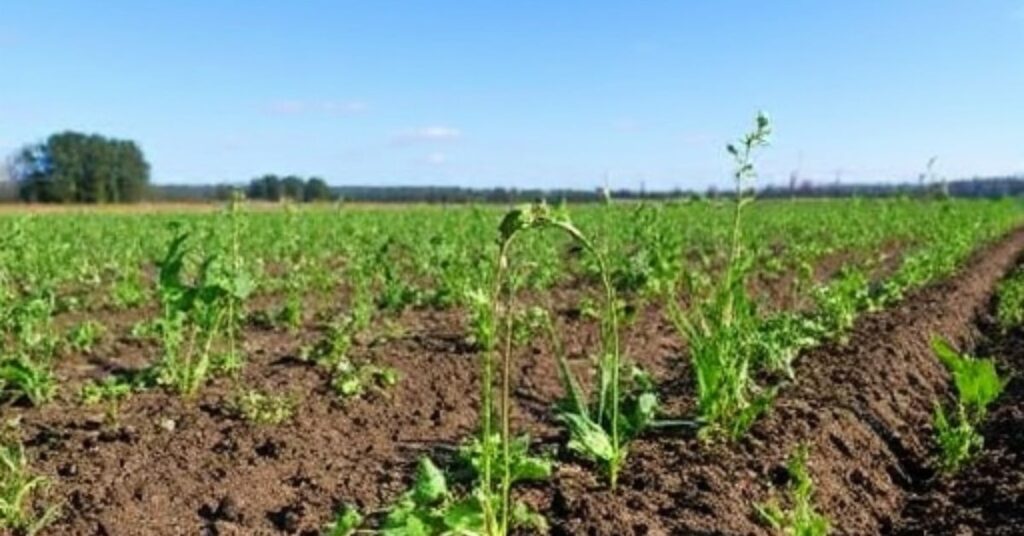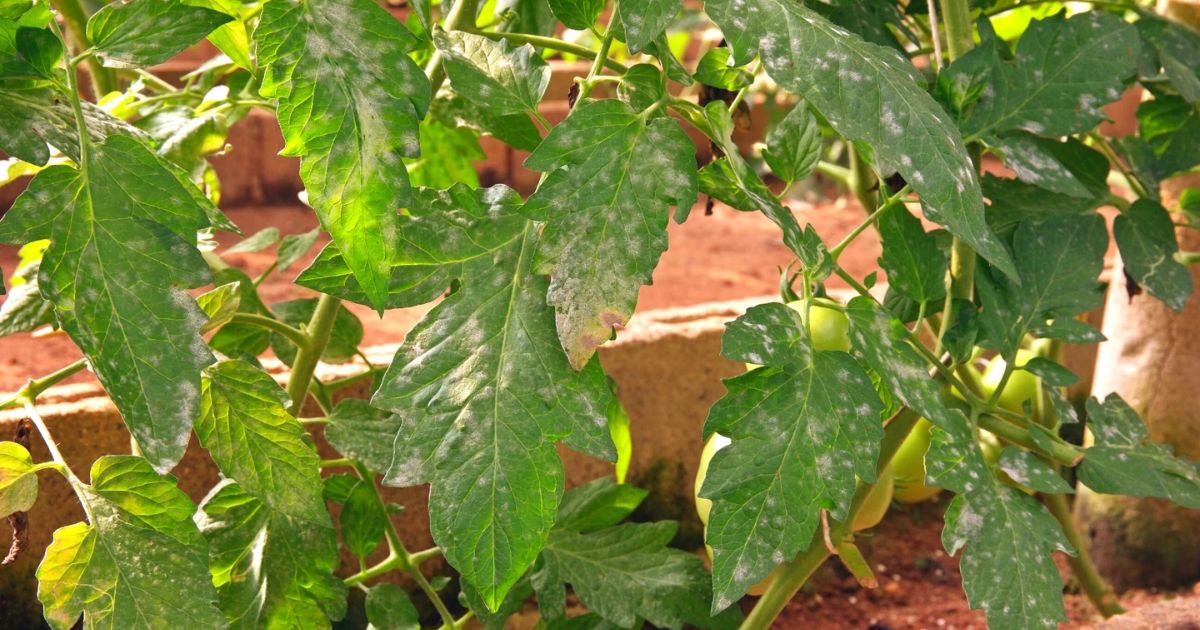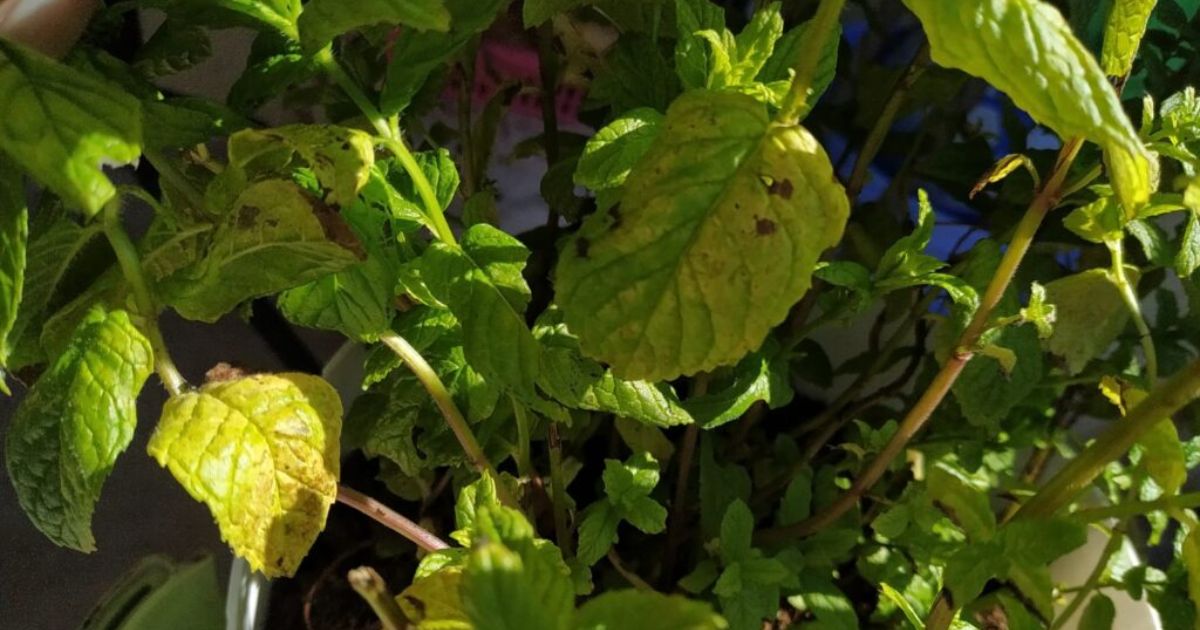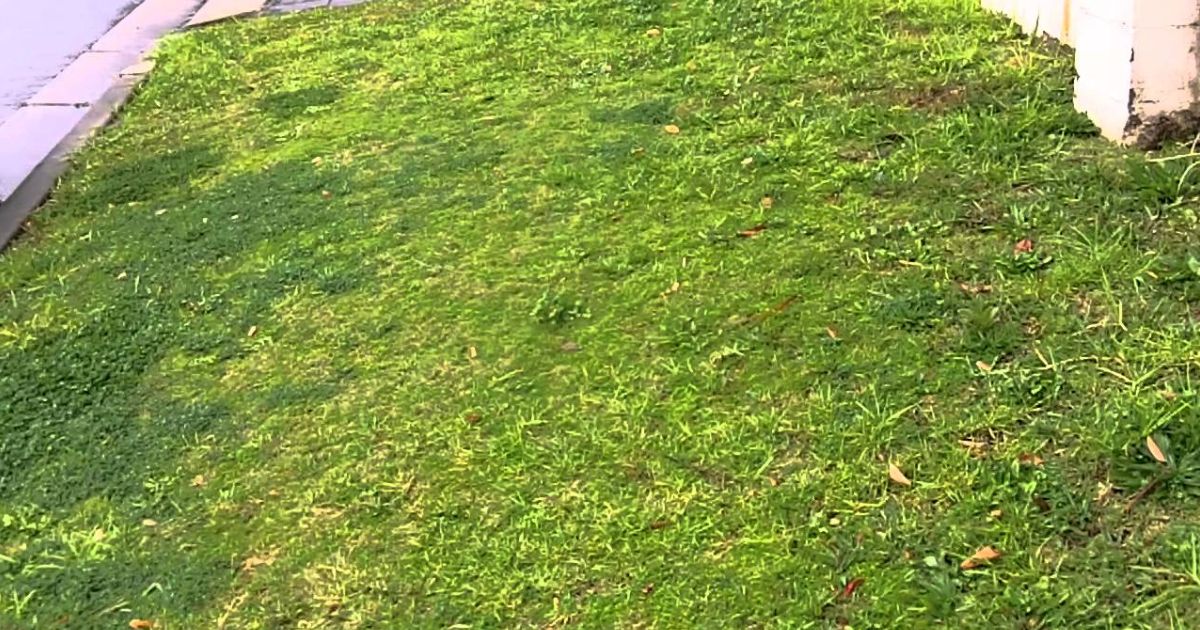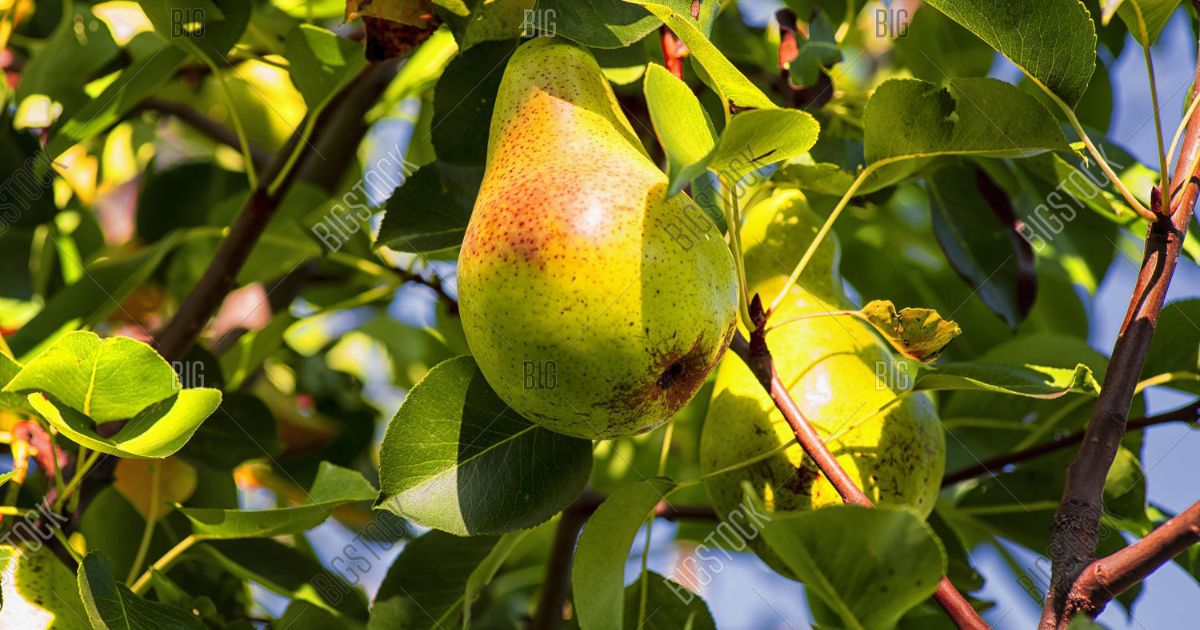Austrian winter peas are an excellent cover crop that can significantly improve soil health and fertility. These cool-season legumes are prized for fixing nitrogen, enhancing organic matter, and preventing soil erosion. Whether a home gardener or a farmer, incorporating Austrian winter peas into your planting routine can lead to healthier, more productive soil for future crops.
Easy to grow and adaptable to various conditions, these peas thrive in cooler climates and require minimal maintenance. They also offer additional benefits, such as serving as forage for livestock or providing habitat for beneficial insects.
This guide’ll explore everything you need to know about growing Austrian winter peas, from planting techniques and ideal conditions to tips for maximizing their soil-enriching benefits. By the end, you’ll be ready to harness the power of this versatile cover crop to improve your garden or farm.
What Are Austrian Winter Peas?
Austrian Winter Peas (Pisum sativum) is a hardy legume often used as a cover crop, especially in colder climates. These peas are known for surviving winter conditions, making them an excellent choice for gardeners who want to improve soil health during the off-season. Unlike regular peas, austrian peas cover crop are planted in the fall and can survive a light frost, growing until the weather becomes too cold.The capacity of Austrian Winter Peas to fix nitrogen in the soil is among their most important advantages. They live symbiotically with nitrogen-fixing bacteria in their roots, converting atmospheric nitrogen into a form that plants can use.By restoring soil fertility naturally, this method lessens the demand for artificial fertilizers.
australian winter peas also improve soil structure by adding organic matter as they grow. Their deep root systems help to break up compacted soil, increase water retention, 10 Common Seed Starting Mistakes and promote better drainage. They nourish the soil for the upcoming growing season by releasing important nutrients into the soil as they break down.Planting austrian peas is an eco-friendly and cost-effective way to prepare your soil for a more productive garden, making them a popular choice for sustainable gardening practices.
Why Grow Austrian Winter Peas?
Nitrogen Fixation
austrian winter peas seeding rate are legumes that can fix atmospheric nitrogen into the ground. The requirement for artificial nitrogen fertilizers is decreased by this natural process. improving soil fertility and reducing environmental impact.
Weed Suppression
When planted thickly, these peas form a dense ground cover that can help choke out weeds. This means fewer weeds to deal with in the spring when you plant your main crops.
Erosion Control
Their deep root systems help stabilize the soil, preventing erosion caused by wind and water. This is especially beneficial if you’re working with sloped or loose soil.
Organic Matter
As the peas grow and eventually decompose, Soil Solarization in Raised Beds they add organic matter to the soil. This enriches the soil structure, improving its texture, water retention, and drainage.
Pest and Disease Management
australian winter pea can be a natural barrier to certain pests and diseases. Their growth helps break the pest cycle by limiting exposure to your main crops.
What Are Cover Crops Versus Green Manure?
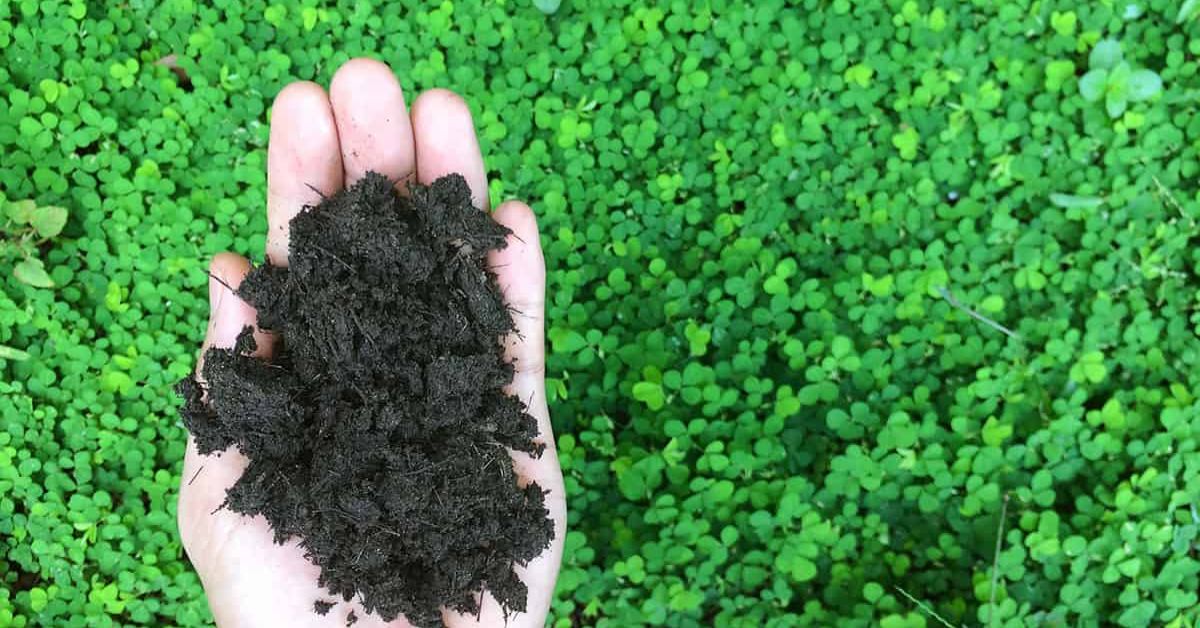
Cover crops and green manure are used to improve soil health but serve slightly different purposes.
Cover Crops are plants grown primarily to protect and enrich the soil. They prevent erosion, suppress weeds, and help retain moisture. Common examples include clover, rye, and Austrian Winter Peas. These crops are typically planted between the main growing seasons.
Green Manure refers to crops grown specifically to be turned into the soil to add nutrients. These plants are often legumes, like peas or beans, that fix nitrogen in the soil. After they grow, they are chopped down and incorporated into the soil to decompose, enriching it with organic matter and improving fertility.While both practices benefit soil health, covering crops focuses on soil protection, and green manure emphasizes nutrient replenishment.
How to Plant Austrian Winter Peas1. Choose the Right Time to Plant
austrian field peas are typically planted in late summer or early fall, at least 4-6 weeks before the first expected frost. This gives the peas enough time to establish roots before the winter freeze. You can plant them in the fall for winter growth in warmer climates.
Prepare the Soil
While Austrian Winter Peas are not very picky about soil type, they do prefer well-draining soil with a pH level of 6.0 to 7.0. Before planting, clear any debris or weeds from the area. If needed, you can improve soil texture by adding compost or organic matter.
Sow the Seeds
Plant the field pea cover crop at a depth of about 1 to 2 inches, and arrange them in rows 6 to 8 inches apart. You can disperse the seeds evenly throughout the soil if you’d rather take a more organic approach. Until the seeds sprout, water the soil sparingly to maintain moisture.
Care for Your Peas
Austrian Winter Peas are relatively low-maintenance. During dry spells, monitor soil moisture but avoid overwatering. Once the peas have sprouted and established, they can tolerate frost and cold temperatures. The plants may grow up to 3 feet tall before winter sets in.
How to Use Austrian Winter Peas for Soil Improvement
Austrian Winter Peas are an excellent choice for improving soil health. Here’s how you can make the most of these hardy legumes for a nutrient-rich garden:
Plant in the Fall
To begin, sow Austrian Winter Peas in late summer or early fall, approximately 4-6 weeks before the first expected frost. This gives the peas enough time to establish roots before the cold sets in. Top Tips for Winter Vegetable Plant them in rows, about 1-2 inches apart, or broadcast the seeds over the soil if you’re looking for a more natural planting method.
Let Them Grow Through Winter
Allow the peas to grow through the winter months. While they may die back when temperatures drop, their root systems will remain intact, continuing to fix nitrogen in the soil. They add organic matter to the soil as they grow, improving its structure and texture. The pea plants can grow up to 3 feet tall before the when to plant winter peas halts their growth.
Chop and Incorporate in Spring
When temperatures warm up in early spring, the peas may begin to die off. At this point, cut the plants down and either till them into the soil or leave them as mulch. Tilling the plants into the soil provides organic matter that will break down, enriching the soil with nutrients like nitrogen, phosphorus, and potassium.
Reap the Benefits
When your next growing season starts, the soil will be healthier and more fertile, ready to support crops like tomatoes, beans, or leafy greens. The nitrogen added by the peas helps support plant growth, while the decomposition of the plants provides essential trace elements and improves soil moisture retention.
Using austrian pea seeds as a cover crop is a sustainable, easy, and highly effective way to improve your garden’s soil and promote healthier, more productive plants.
Best Companion Plants for Austrian Winter Peas
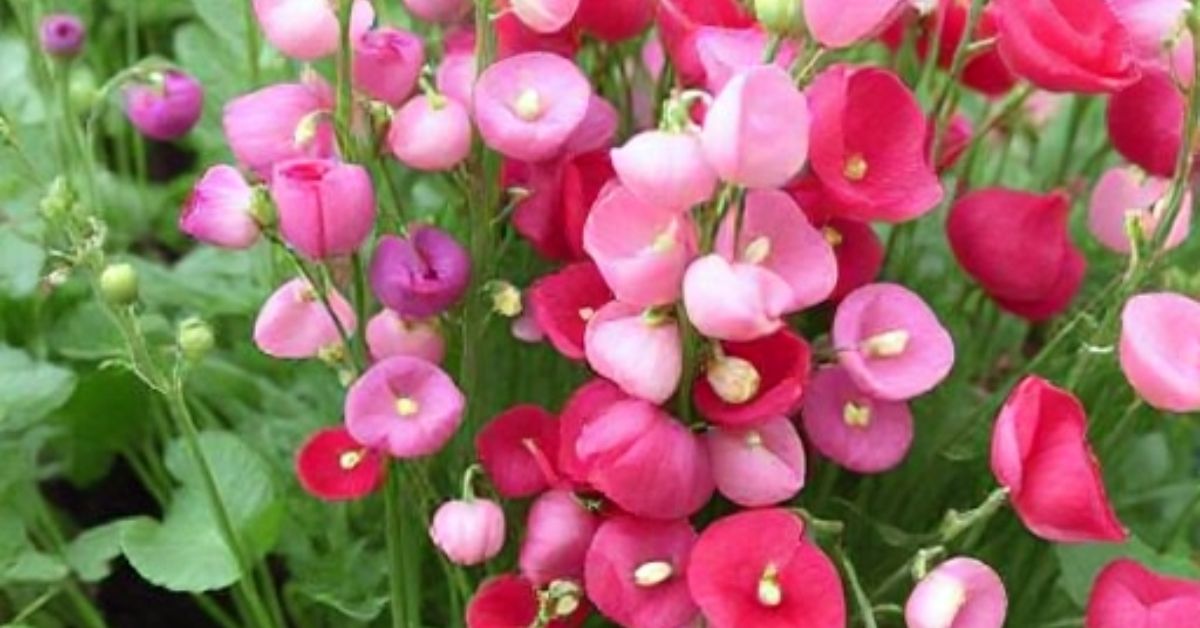
Austrian Winter Peas are beneficial for soil improvement and can also be great companions for various plants. Their capacity to enhance soil structure and fix nitrogen makes them an excellent choice to plant alongside many garden crops. Here are some of the best companion plants for Austrian Winter Peas:
Corn
Corn needs a lot of nitrogen to flourish since it is a heavy feeder. Because they replenish the soil with nitrogen, Austrian Winter Peas make a perfect companion for maize. The peas’ ability to boost soil fertility helps corn grow taller, stronger, and healthier.
Tomatoes
Tomatoes also benefit from the nitrogen provided by Austrian Winter Peas. how to tell if avocado is ripe In addition, the peas can help suppress weeds around tomato plants, reducing competition for resources. This allows the tomatoes to focus on producing fruit instead of fighting for nutrients.
Lettuce and Other Leafy Greens
Leafy greens like lettuce, spinach, and kale grow best in nitrogen-rich soil, making them perfect companions for Austrian Winter Peas. The peas’ soil improvement helps provide the nutrients that these greens need for lush, vibrant growth.
Carrots
Carrots can benefit from the improved soil texture created by Austrian Winter Peas. The peas’ deep roots help break up compacted soil, allowing carrots to grow straight and strong. The peas’ nitrogen-fixing properties also give carrots the nutrients needed for robust root development.
Cabbage and Brassicas
Brassicas like cabbage, broccoli, and cauliflower are heavy nitrogen users, making Austrian Winter Peas a great companion. The peas provide the necessary nitrogen, allowing brassicas to thrive and produce larger, healthier heads.
By planting Austrian Winter Peas alongside these crops, you can improve soil health, boost growth, and create a more sustainable and productive garden ecosystem.
Common Problems and How to Address Them
Pea Weevil Infestation
Although Austrian Winter Peas are resilient, they can sometimes attract pea weevils, which feed on the seeds. To combat this, rotate your cover crops each season and consider using row covers to protect seedlings.
Frost Damage
While Austrian Winter Peas can handle some frost, frigid temperatures may kill the plants. If you live in an area with harsh winters, consider using a protective cover or planting in late fall to ensure the peas have time to grow before the cold hits.
Weed Competition
If weeds grow unchecked, they may outcompete the peas for nutrients and space. How to Prevent Tomato Catfacing Make sure to clear the planting area of weeds before sowing the peas to give them the best chance to thrive.
Conclusion
Growing Austrian Winter Peas is an excellent way to naturally improve your soil. They enrich your soil with nitrogen and suppress weeds, control erosion, and add organic matter—all of which help create a healthier growing environment for your main crops. Whether you are an experienced gardener or a beginner, adding Austrian Winter Peas to your soil improvement strategy is a simple yet convenient choice. By planting these hardy legumes, you ensure your soil remains fertile, nutrient-rich, and ready to support your next garden season. Happy planting!
FAQ
When is the best time to plant Austrian Winter Peas?
Plant them in late summer or early fall, about 4-6 weeks before the first frost.
Can Austrian Winter Peas survive the extreme cold?
Though extreme cold may kill the plants, they’re cold-hardy and can withstand frost.
Do I need to fertilize Austrian Winter Peas?
Austrian Winter Peas naturally fix nitrogen, so additional fertilization isn’t usually necessary.
How long does it take for Austrian Winter Peas to grow?
Typically, they mature about 60-90 days before the cold weather sets in.

